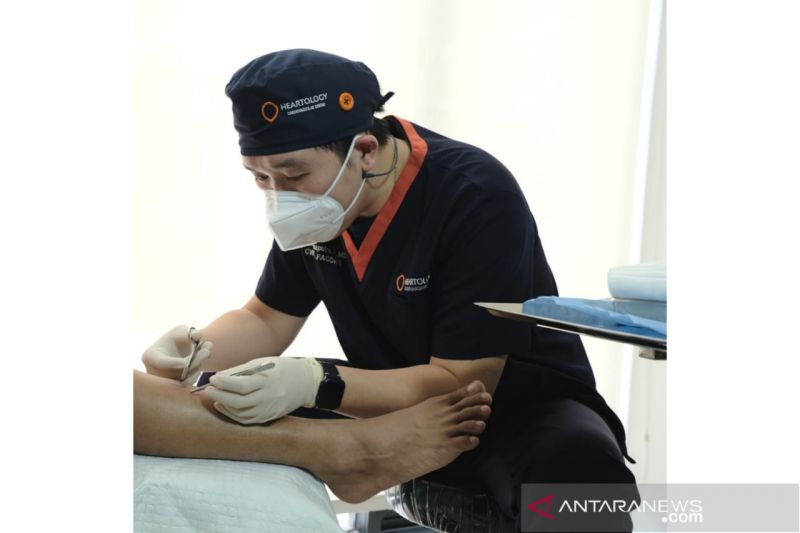Jakarta (ANTARA) – Every year, the number of people with diabetes continues to grow and it is estimated that the number will reach more than 400 million people worldwide by 2030. As one of the countries with the largest number of people with diabetes in the world, Indonesia will also be affected by the epidemic.
Statistics show that the amputation procedure in 6 out of 7 diabetic foot patients begins with a simple wound. In fact, 85 percent of these injuries can actually be prevented and treated properly so that they do not develop into a more serious direction.
A wound specialist who graduated from the University of Indonesia, Adisaputra Ramadhinara, said this made prevention and early detection of diabetic foot very important, to reduce the incidence of diabetic wounds and the risk of amputation in the future.
Also read: Three things to prevent diabetes due to lifestyle for young people
He said that diabetic wounds on the feet require special treatment so that optimal healing can be achieved.
“Currently the development of science in the field of wound care has succeeded in reducing the number of amputations dressing Modern methods to treat infection and keep the wound moist is also very necessary. Because in a humid atmosphere, new tissue growth becomes more optimal and the wound closure process by new skin cells can occur more quickly,” said Dr. Adisaputra in his statement, Saturday.
The doctor who practices at the Heartology Cardiovascular Center also does not recommend the use of gauze as a wound cover, because the gauze cannot keep the wound area moist and can increase the risk of infection.
A study showed that bacteria can penetrate up to 64 layers of gauze. This makes gauze not an ideal wound dressing.
In addition, controlling blood sugar levels must be carried out optimally, so that the wound healing process can run well. During treatment, the injured leg must also be rested and should not be a load bearing.
Currently, wound care always emphasizes the importance of multidisciplinary cooperation. In the case of diabetic wounds on the feet, wound care can be handled by a wound specialist. However, if there is blockage of blood vessels in the legs, it is necessary to involve a vascular specialist for revascularization or improvement of blood flow to the legs to support the optimal wound healing process.
Also read: Vaccinologist: Diabetics without acute conditions can be vaccinated against covid
Also read: Diet for COVID-19 survivors with diabetes
Also read: The risk of diabetes is higher in obese children
Reporter: Arnidhya Nur Zhafira
Editor: Maria Rosary Dwi Putri
COPYRIGHT © ANTARA 2021
–


